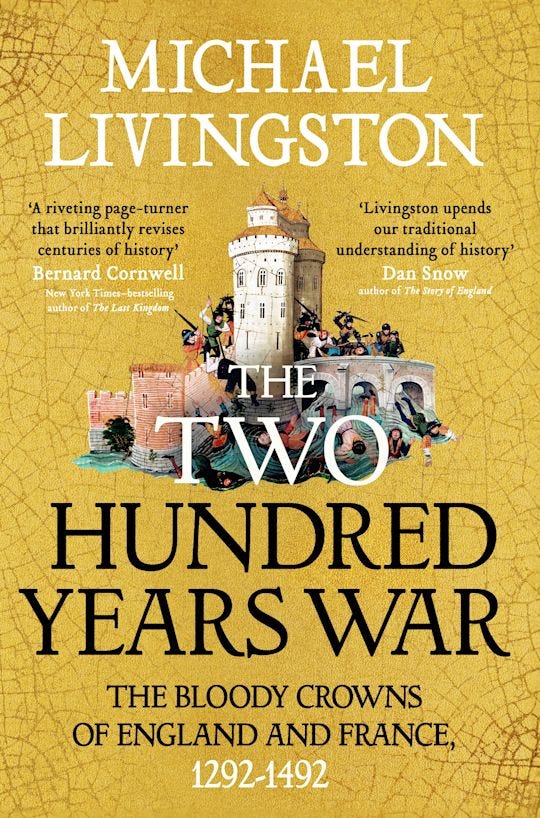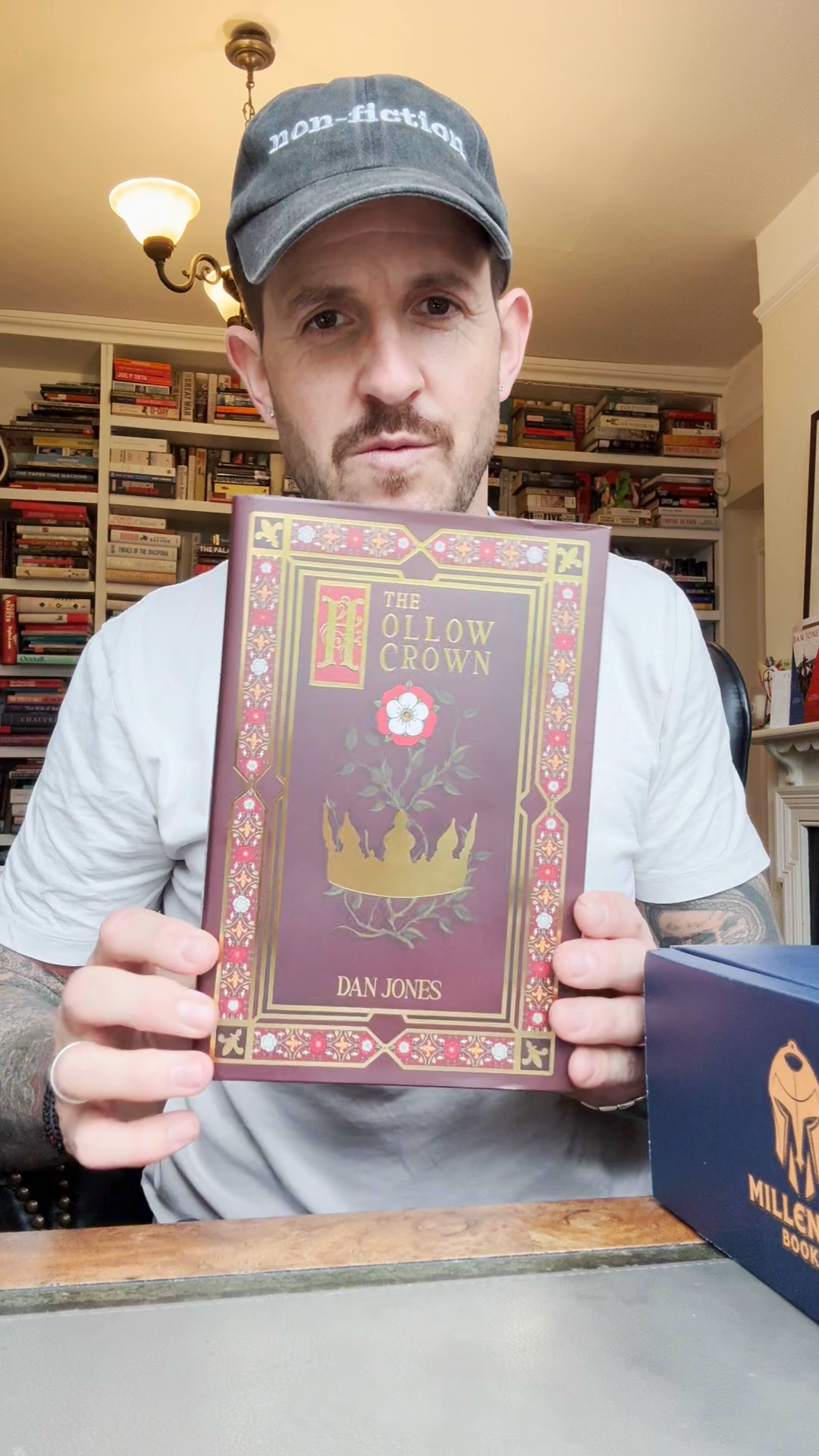How to Be a Medieval Rogue: Lessons from Abū Zayd al-Sarūjī
Ancient History Magazine 57
Medieval Inventions We Still Can’t Fully Recreate Today
FIVE NEW HISTORY BOOKS TO READ THIS MONTH
New Medieval Books: Art, Power, and Resistance in the Middle Ages
The Favourite Foods of Medieval Europeans
What Can Cards Teach Us? Connecting Truco, Tarot, and Lotería
Explore how playing cards evolved from medieval Mamluk designs to modern games and divination tools.











